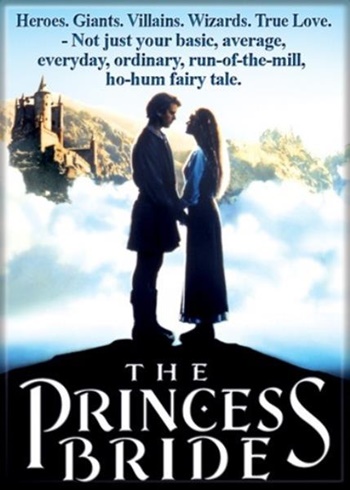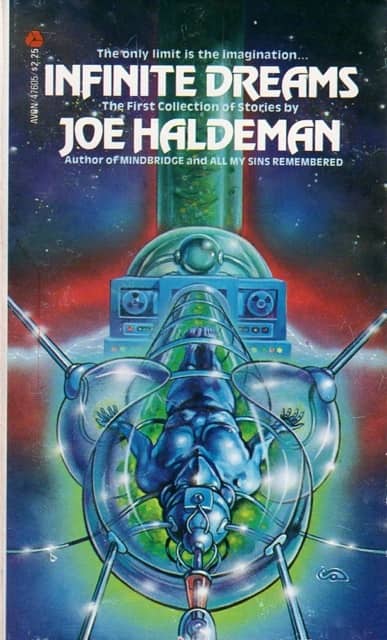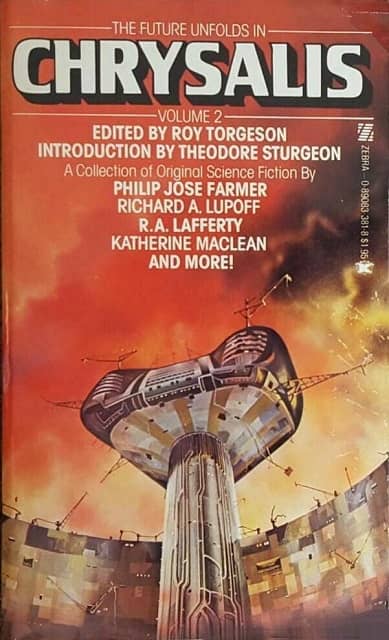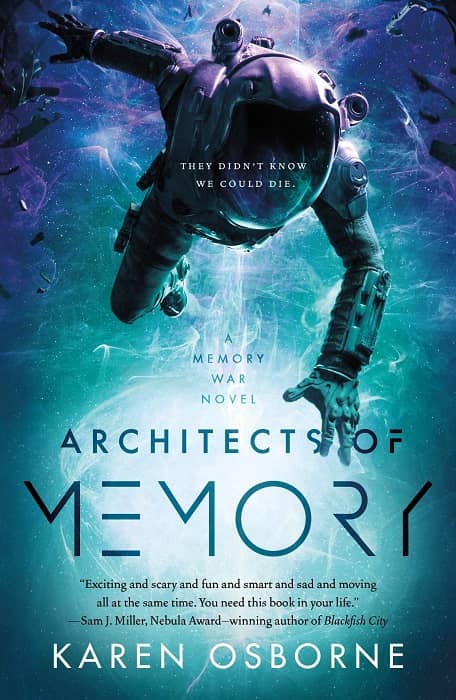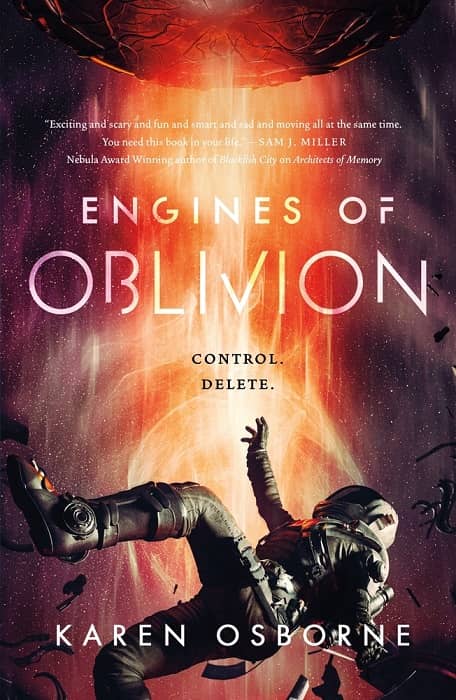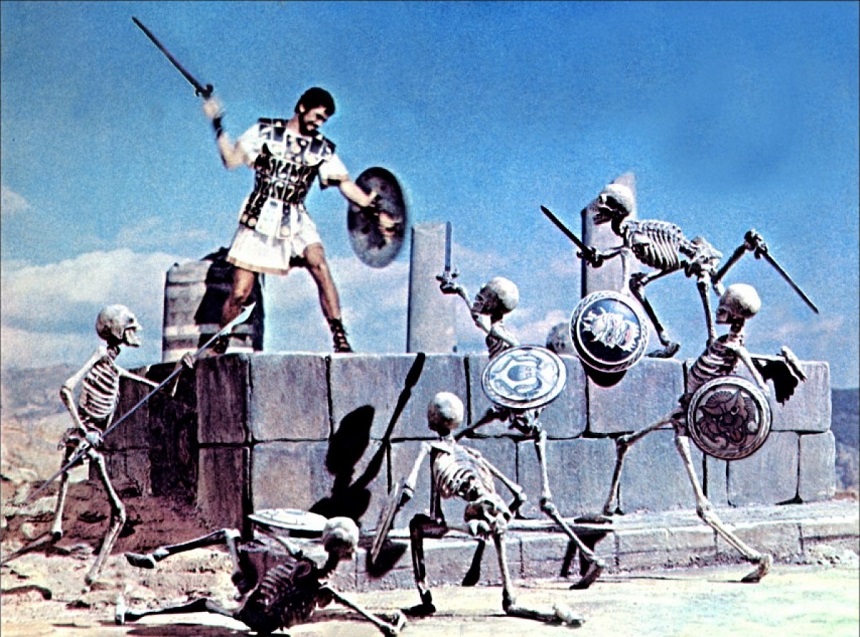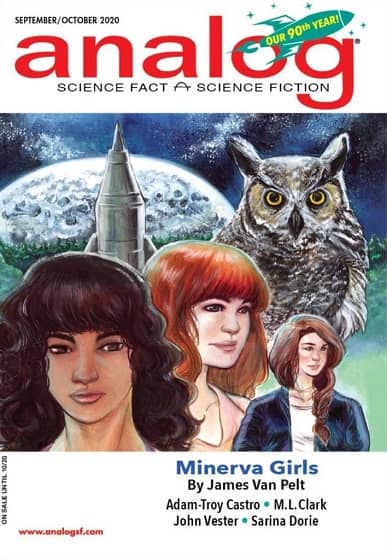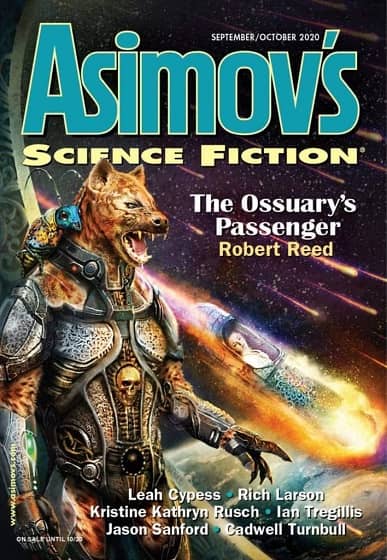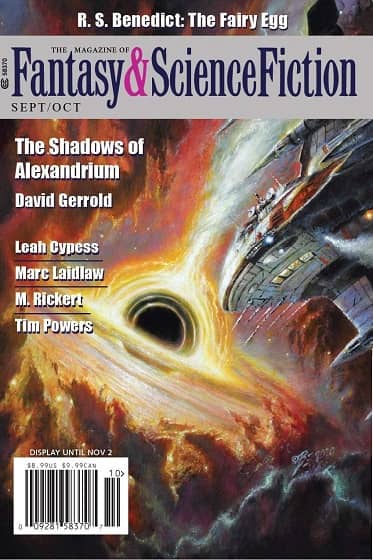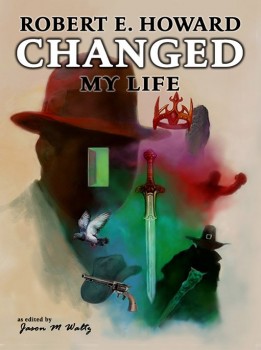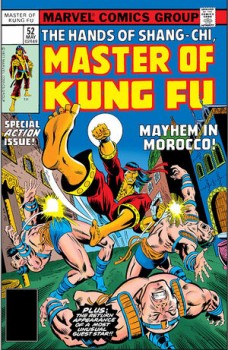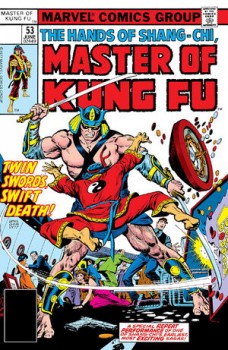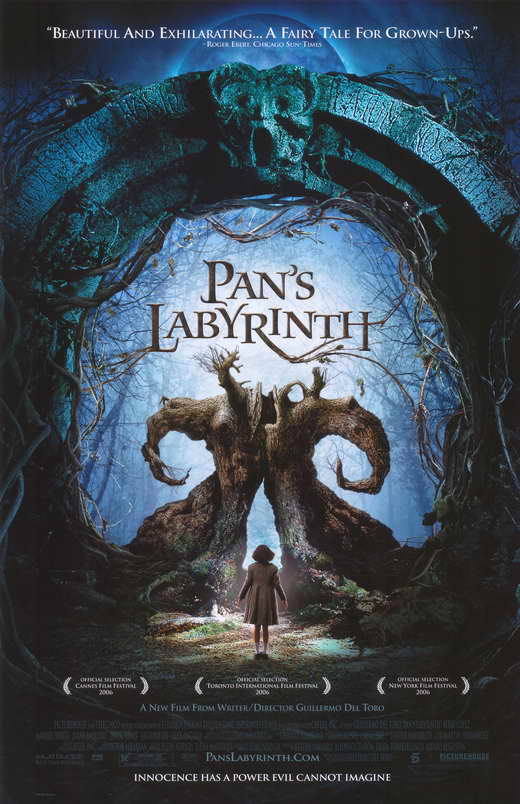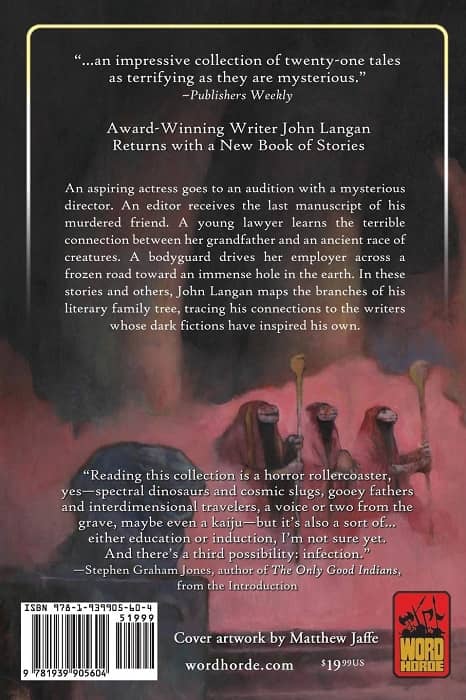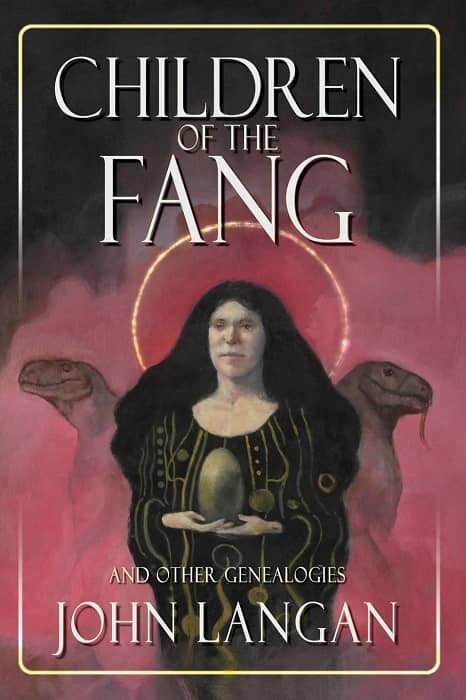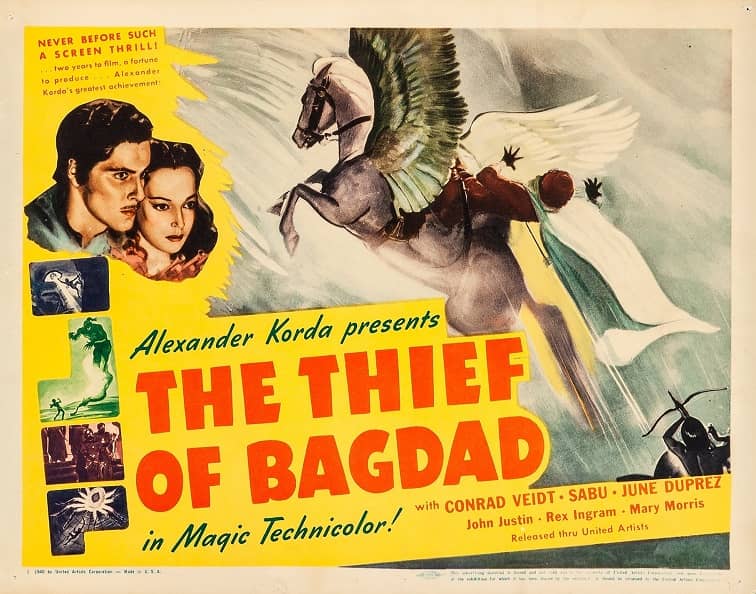William Goldman’s Hollywood Adventures
Today, I’m going to take a week off from A (Black) Gat in the Hand. And no, not to dust off The Public Life of Sherlock Holmes. I constantly read. Often related to my weekly column here at Black Gate. A thousand words every Monday morning takes some research. And I like to ‘read now’ to start future projects. And I read ‘how to’ books to try and bolster my fledgling attempts at writing fiction. And I do Bible study. So, I don’t read ‘just to read’ that much these days. Which is fine. I like reading the stuff I do. But sometimes, I just want to pull something off of the shelves solely for enjoyment’s sake. And it’s often something which I’ve read before.
I read two books just for fun last week. And since a big part of why I write for Black Gate is to introduce people to things I think they might be interested in, I’m going to talk about those two books. William Goldman, who passed away in 2018, was a very successful screenwriter (that’s short for ‘screenplay writer’ – Nero Wolfe would not approve!). Harper, Butch Cassidy and the Sundance Kid, All the President’s Men, Marathon Man, A Bridge Too Far, Misery, Maverick, Absolute Power: the guy knew what he was doing. And he was a novelist first – not only did he write the screenplay for The Princess Bride, he adapted it from his own novel.
In 1983, Goldman published the best-selling Adventures in the Screen Trade. It is simply a FANTASTIC book. It is an honest, compelling memoir from a Hollywood insider who remained an outsider (he never lived in California. He would go there to work, but he always returned to NYC). And the book contains insights into screenwriting, as well. I read it about twenty years ago when I decided to teach myself how to write screenplays (I’ve written a couple. That’s all we need to say about that). I really liked it.
And last week, re-reading it, I liked it even more. In 2000, there was a followup: Which Lie Did I Tell?. And it is also a fun, absorbing read. Anybody who enjoys movies should read these books.
Goldman was sure The Great Waldo Pepper was going to be huge. And as he’s sitting in a screening, he realizes why it didn’t fly (see what I did there? Helps if you actually saw the movie). He dishes the inside scoop on the battle over the hobbling scene in Misery (if you haven’t read King’s story, the source material is brutal). We learn that Clint Eastwood stood in line to get his lunch at the cafeteria while filming and producing Absolute Power. Just like a normal person. Goldman explains why he walked out on The Right Stuff (the only time he quit a project).
